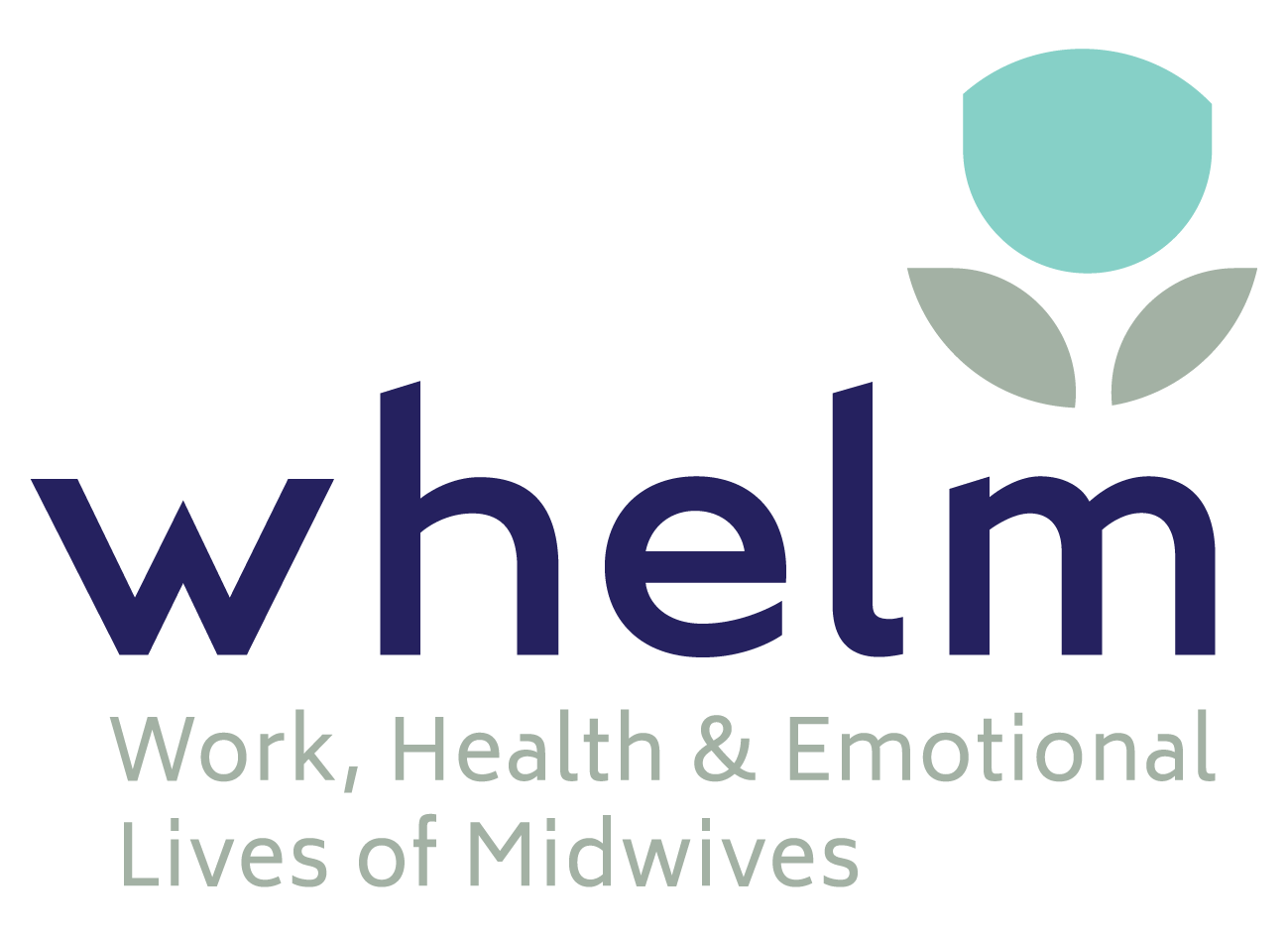Equitable access to high quality maternity care is a critical priority for all health systems (Koblinsky et al. 2016; United Nations 2019). Strong evidence show that continuity of care delivered by a known midwife is safe, confers significant health benefits for women and babies, and results in higher reported satisfaction with care (Forster et al. 2016; Sandall et al. 2016). Not only is continuity of midwifery care linked to improved outcomes in general populations of childbearing women and those with social risk factors, studies also demonstrate the model meets the triple aims of health system improvement – improved satisfaction, better health care, and cost effectiveness (APPGGH 2016; Berwick 2008).
Despite this evidence, only a small proportion of women have access to continuity of midwifery care. Scaling up access for women in vulnerable groups presents additional challenges (Renfrew et al. 2019). It’s important to know where families have or do not have access to high quality maternity care across birth settings, so that solutions can be found. A team of researchers from the Transforming Maternity Care Collaborative, led by Dr Rosalyn Donnellan-Fernandez have recently used modelling to provide a snapshot of the progress that is being made in Queensland towards providing universal access to publicly funded models of care (Donnellan-Fernandez et al., 2020).
2017 data for Queensland health services provided information about the number of services offering a midwifery continuity of carer model and the number of full-time equivalent midwives employed in such models. Assuming that each full-time equivalent midwife provided care to 35 women annually formed the basis of the model.
Almost 40,000 births occurred in public hospitals (excluding the Mater) in 2017. Overall, 18% of Queensland women who gave birth that year would have had access to a midwifery continuity of care model. When comparing hospitals by the number of births, geographical location, and whether they operated as a tertiary referral service, significant variations were present. Hospitals with a birth rate of 500 – 2000 births had the lowest estimated access to midwifery continuity of care at 11%. 11,830 women gave birth in these hospitals, almost 30% of the births in 2017.
Three large tertiary hospitals were the site of another 30% of the births. 17% of women giving birth in these facilities were estimated to have access to midwifery continuity of care. Five remote hospitals (providing birth care for 2%) had the highest rate of access at 77%, however this rate was noted to not reflect the full picture for these services. High rates of both planned and emergent antenatal and intrapartum transfer (from 30 to 90%) have been reported for these services. The estimated rates of access to midwifery continuity of carer include women who received antenatal and / or postnatal care in these five hospitals, but who gave birth elsewhere, therefore providing an artificially high estimate.
The authors concluded:
“scaling-up continuity of midwifery care models remains an important public health strategy to address equitable service access and disparate maternal and infant health outcomes.”
References
All Party Parliamentary Group on Global Health (APPGGH). (2016). Triple Impact Report. How developing nursing will improve health, promote gender equality and support economic growth.
Berwick, D.M., Nolan, T.W., & Whittington, J. (2008). The triple aim: Care, health, And cost. Health Affairs, 27(3), 759-769.
Donnellan-Fernandez, R. E., Creedy, D. K., Callander, E. J., Gamble, J., & Toohill, J. (2020, Aug 28). Differential access to continuity of midwifery care in Queensland, Australia. Australian Health Review, in press. https://doi.org/10.1071/AH19264
Forster D.A., McLachlan, H.L., Davey, M.A., et al. (2016). Continuity of care by a primary midwife (caseload midwifery) increases women’s satisfaction with antenatal, intrapartum and postpartum care: results from the COSMOS randomised controlled trial. BMC Pregnancy Childbirth, 28, 2016.
Koblinsky, M., Moyer, C., Calvert, C., Campbell, J., Campbell, O., Feigl, A., Graham, W., Hatt, L. Hodgins, S., Matthews, Z., McDougall, L., Moran, A., Nandakumar, A., Langer, A. (2016). Quality maternity care for every woman everywhere: a call to action. Lancet, 388, 2307-2320.
Renfrew, M., Ateva, E., Dennis-Antwi, J., Davis, D., Dixon, L., Johnson, P., Powell Kennedy, H., Knutsson, A., Lincetto, O., McConville, F., McFadden, A., Taniguchi, H., Ten Hoope Bender, B., Zeck, W. (2019). Midwifery is a vital solution—What is holding back global progress? Birth, 46, 396-399.
Sandall, J., Soltani, H., Gates, S., Shennan, A., Devane, D. (2016). Midwife-led continuity models versus other models of care for childbearing women. Cochrane Database of Systematic Reviews, CD004667.
United Nations. (2019). The Sustainable Development Goals Report 2019. Department of Economic and Social Affairs: UN. New York.








